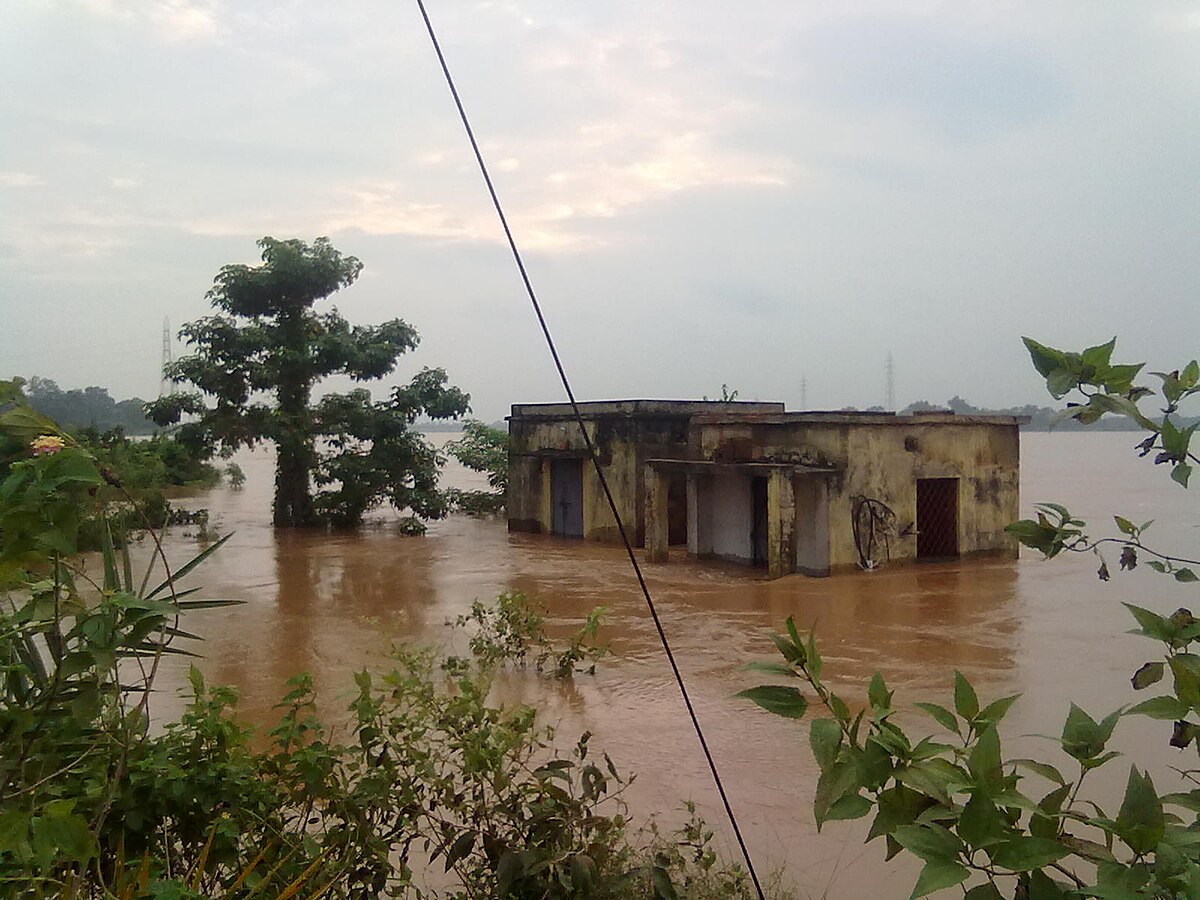
Severe monsoon rains have unleashed devastating floods and landslides across vast regions of India, critically impacting the northern state of Uttarakhand and the southern state of Tamil Nadu. Thousands of residents and pilgrims in Uttarakhand’s Chamoli and Uttarkashi districts have been displaced as flash floods and sudden cloudbursts tore through villages and pilgrimage routes, washing away homes and infrastructure with alarming force.
The catastrophic flooding follows a period of heavy rainfall recorded over several days, including extremely heavy showers on the 13th and 16th of September, as confirmed by the India Meteorological Department. The upper Himalayan terrain, fragile and prone to geological instability, worsened the impact as swollen rivers rose rapidly. The Kheer Ganga river in Uttarkashi overflowed dramatically, carrying debris and boulders that pulverized entire hamlets in its path, resulting in multiple confirmed fatalities and many still missing.
In response, the Indian Army’s Ibex Brigade, National Disaster Response Force (NDRF), State Disaster Response Force (SDRF), and local agencies swiftly mobilized rescue and relief operations. Despite challenging terrain, adverse weather, and disrupted communications, these teams have conducted air rescues using helicopters such as the Boeing CH-47 Chinooks and Mi-17s, delivering essential supplies and evacuating stranded individuals. As of mid-September, over 190 people have been rescued, though access to some regions remains difficult.
Concurrently, the southern state of Tamil Nadu has been grappling with its own crisis as heavy rains inundated Chennai, Kanchipuram, and multiple other districts. The India Meteorological Department forecast widespread heavy to extremely heavy rainfall across 21 Tamil Nadu districts, with localities such as Sriperumbudur and Manali New Town receiving up to 18 cm of rain within 24 hours. Floodwaters caused major traffic disruptions, damaged roads and bridges, and submerged neighborhoods, resulting in the paralysis of daily activities and emergency services.
Authorities in Tamil Nadu have issued warnings for persisting moderate to heavy rainfall accompanied by thunderstorms and strong winds—estimated up to 40 km/h—in various parts of the state. Fishermen have been advised not to venture into the sea due to turbulent conditions. Rescue efforts are ongoing, with state disaster management agencies coordinating with national agencies, focusing on relief for displaced persons and restoration of critical infrastructure.
These flooding events have intensified the discourse on the increasing frequency and severity of climate-induced natural disasters in India. Experts point to altered monsoon patterns heightened by global climate change as significant contributing factors. The dual disasters in northern and southern India underscore the urgent need for improved infrastructure resilience, enhanced disaster preparedness, and sustainable land and water management.
Both in Uttarakhand and Tamil Nadu, government officials have committed to immediate relief actions while simultaneously developing longer-term mitigation strategies. Plans include better early warning systems, reinforced embankments, floodplain zoning, afforestation, and climate adaptation measures to protect vulnerable communities against future calamities.
The people affected remain hopeful for quick restoration of normal life as rescue and rehabilitation efforts continue with renewed vigor across these flood-ravaged regions.
Share this content:



